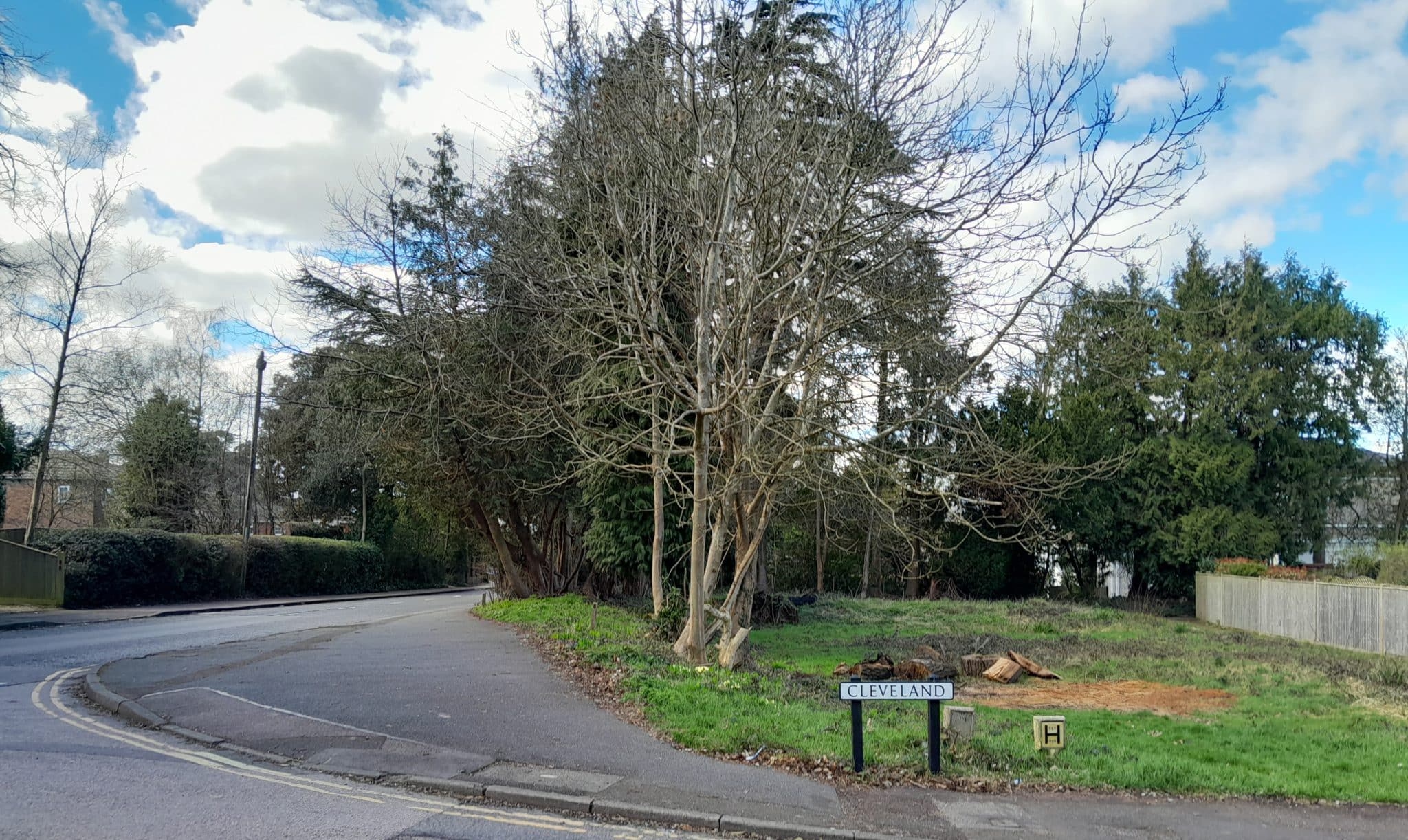CONTROVERSIAL plans for a 15m, 5G mast to be installed in Tunbridge Wells have been submitted for approval amid a flood of resistance from both residents and members of the Tunbridge Wells Borough Council (TBWC).
The TBWC has received plans for the 15m-high ‘slim line’ pole to be erected on the corner of Cleveland Road and Sandrock Road. The mast would stand on a corner site surrounded by residential homes.
The mast would be installed by telecommunications operator CK Hutchison Group (which operates the UK mobile network Three) as part of the Government’s ‘digital connectivity vision’ to provide full-fibre coverage by 2033.
However, the planning application has been hit by a wall of opposition and complaints ─ mostly objecting to the tower’s visual impact, proximity to local schools, and the fact that the mast would be located in a Conservation Area.
Plans from the telecom operator said that the proposed location ‘is considered the best available option to extend 5G service across the target ‘coverage hole’, while restricting the equipment to the minimum height.
However, the Tunbridge Wells Borough Council’s Conservation and Urban Design Officer, Debbie Salter, submitted a two-page report explaining that the proposed location lies within the Tunbridge Wells Conservation Area ─ a point that is not mentioned by CK Hutchison Group in their application.
Ms Salter said: “In my view there is insufficient justification to outweigh this harm, given that the notification application does not identify it as a Conservation Area.”
Worried about the pole’s visual impact, Suzan Ekrem, of Cleveland Road, said: “Not only would it be an eyesore, but it is unwanted, therefore unacceptable. The Council has a duty of care to its residents to support them.”
According to the plans, the proposed height of the pole, at 15m, is the “minimum” required to provide adequate 5G connection, and there is an “acute” need to improve coverage.
The plans claim that the mast will “assimilate” into the area around the proposed site, which lies on a main road, but says that it will “not be detrimental” to its surroundings.
While the plans do accept that there will be a visual impact as a result of the additional equipment, the mast should ‘not overly detract from the character of the existing streetscape.
Proponents of 5G connectivity say that it benefits education, access to business services, working from home, connectivity through social media and gaming and leisure activities.
In January, the Times reported that a similar mast was to be installed along St John’s Road, in front of Henrietta Court, but that proposal received fierce backlash from residents, resulting in 39 comments on the application and a petition including 304 signatures objecting to the height and location of the tower.
On February 17, the TWBC decided to refuse that application by the telecoms operator on that occasion, saying that the development would “appear unduly prominent” and have an “unacceptable visual impact” on the surrounding area.
In the latest application, the telecoms operator made clear that the local planning authorities should “not impose a ban” on new communications installations under Section 116 of The National Planning and Policy Framework (NPPF) and should “support the expansion” of 5G technologies under Section 114.
Many residents are also concerned about the health effects associated with new 5G technologies.
Pamela Thompson, whose children attend St James Primary School, said: “It is extremely close to the school which my children attend. In addition, it is right in the middle of a busy residential area where lots of other children that attend this school, and people like myself, live.
“Given the risk of radiation and the direct danger to children, among others that live in the area, I profoundly object to this planning application for a 5G mast.”
CK Hutchison Group said the street pole abides by all laws and guidance, including the International Commission on Non-Ionizing Radiation Protection (ICNIRP) that has found “no convincing evidence of adverse health effects at exposure below the guideline levels”.
A spokesperson for the Three mobile network told the Times in January: “5G roll-out is vital for the residents and businesses of Tunbridge Wells. We want to offer the community a reliable network experience, and this site will be critical in making that happen.
“Masts need to be situated where people will be using the service and, in many cases, in precise locations to ensure the widest breadth of coverage.
“We carry out extensive searches and evaluate a wide range of options before submitting any planning applications.
“We are aware that there have been some concerns raised, however, from a health and safety perspective, 5G deployment is no different from any other mobile technology.
“All generations of mobile technology used by Three comply with guidelines to ensure that no harmful levels of radiation are emitted.
“As a responsible company, we take our obligation to run a safe network very seriously, and actively work to ensure that our network remains compliant with international guidelines.”








